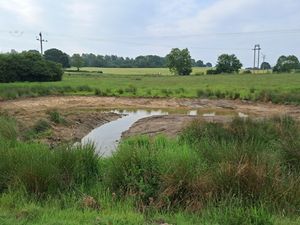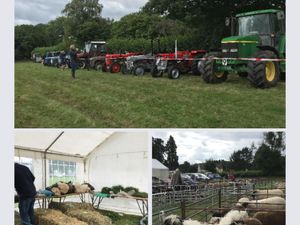Tax lessons of spud store case
Tax legislation is clear on the definitions of a building and what qualifies for plant and machinery.
However this became something HMRC challenged in a recent case.
A farmer incurred costs of £300,000 on a potato store, which from the outside looked like a commercial warehouse. Various structural elements ensured the quality of the potatoes was maintained for longer, as the potatoes were sold to a crisp manufacturer. The farmer claimed capital allowances on the basis the storage was plant because it carried out a critical function – storing potatoes in the optimum condition until needed.
HMRC argued that the expenditure on the storage for produce was that of a building, in which the store was the premises for the taxpayer’s trade. However, this was rejected.
This case was the second in recent years, the first involving the construction of a grain store. Both highlight the importance of understanding the nature of the business, the expenditure and the tax legislation.
Mike Atkin, Rural Manager, WR Partners





